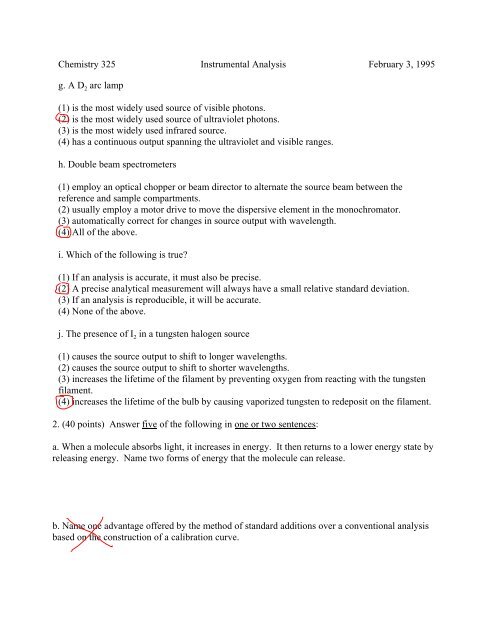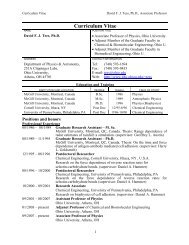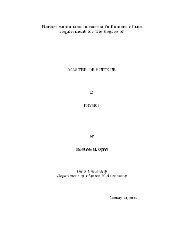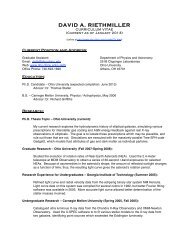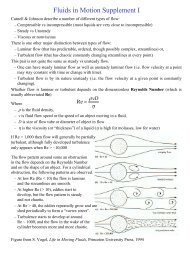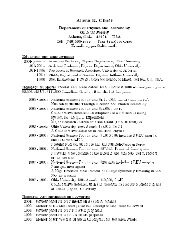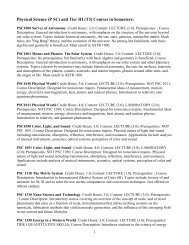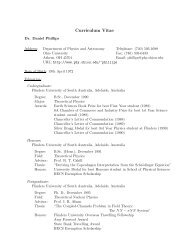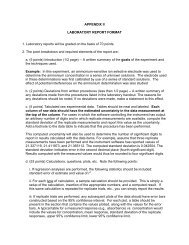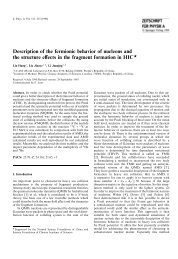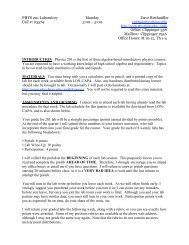Chemistry 325 Instrumental Analysis February 3, 1995 1 Exam 1 ...
Chemistry 325 Instrumental Analysis February 3, 1995 1 Exam 1 ...
Chemistry 325 Instrumental Analysis February 3, 1995 1 Exam 1 ...
Create successful ePaper yourself
Turn your PDF publications into a flip-book with our unique Google optimized e-Paper software.
<strong>Chemistry</strong> <strong>325</strong> <strong>Instrumental</strong> <strong>Analysis</strong> <strong>February</strong> 3, <strong>1995</strong><br />
g. A D 2 arc lamp<br />
(1) is the most widely used source of visible photons.<br />
(2) is the most widely used source of ultraviolet photons.<br />
(3) is the most widely used infrared source.<br />
(4) has a continuous output spanning the ultraviolet and visible ranges.<br />
h. Double beam spectrometers<br />
(1) employ an optical chopper or beam director to alternate the source beam between the<br />
reference and sample compartments.<br />
(2) usually employ a motor drive to move the dispersive element in the monochromator.<br />
(3) automatically correct for changes in source output with wavelength.<br />
(4) All of the above.<br />
i. Which of the following is true?<br />
(1) If an analysis is accurate, it must also be precise.<br />
(2) A precise analytical measurement will always have a small relative standard deviation.<br />
(3) If an analysis is reproducible, it will be accurate.<br />
(4) None of the above.<br />
j. The presence of I 2 in a tungsten halogen source<br />
(1) causes the source output to shift to longer wavelengths.<br />
(2) causes the source output to shift to shorter wavelengths.<br />
(3) increases the lifetime of the filament by preventing oxygen from reacting with the tungsten<br />
filament.<br />
(4) increases the lifetime of the bulb by causing vaporized tungsten to redeposit on the filament.<br />
2. (40 points) Answer five of the following in one or two sentences:<br />
a. When a molecule absorbs light, it increases in energy. It then returns to a lower energy state by<br />
releasing energy. Name two forms of energy that the molecule can release.<br />
b. Name one advantage offered by the method of standard additions over a conventional analysis<br />
based on the construction of a calibration curve.


